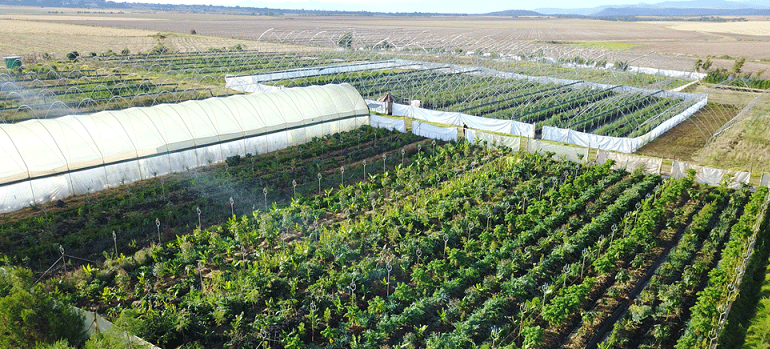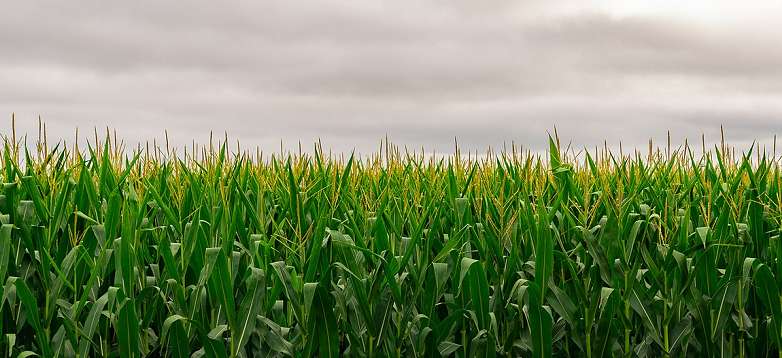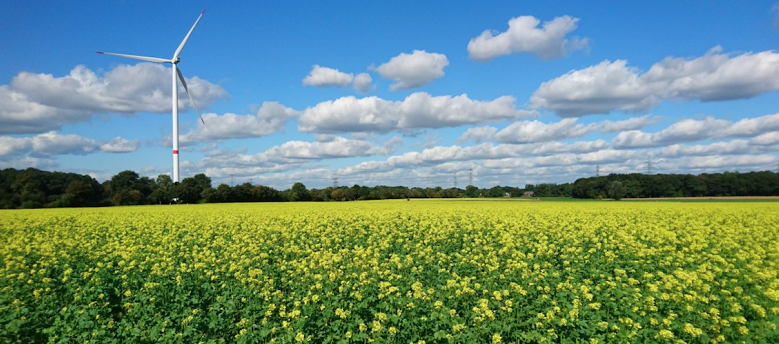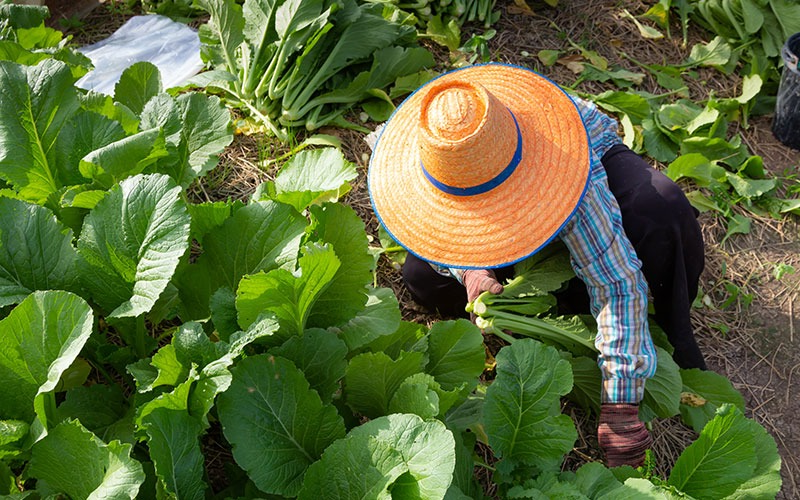Regenerative agriculture is an eco-friendly farming approach that replenishes soil nutrients and fights climate change. This sustainable method of farming dates back to pre-industrial agriculture and is gaining popularity as a means of repairing the harm inflicted on the environment and soil by industrial agriculture. By returning to traditional farming practices, we can ensure the long-term viability of our food sources and preserve our planet.
What Is Regenerative Agriculture?
Regenerative agriculture is a holistic approach to farming that focuses on enhancing the health of the soil, ecosystems, and communities. It is based on the idea that by working with nature, rather than against it, we can produce food while also improving the environment.
This method of farming prioritizes soil health by utilizing techniques such as cover cropping, reduced tillage, crop rotation, and composting to increase organic matter and biodiversity in the soil. This leads to better water retention, improved nutrient cycling, and reduced erosion.

In addition to improving soil health, regenerative agriculture also seeks to support the well-being of local communities and wildlife by promoting biodiversity and reducing the use of synthetic fertilizers and pesticides. This results in a more resilient and self-sustaining agricultural system that is better equipped to cope with the challenges posed by a changing climate.
By using regenerative agriculture, farmers can increase the productivity and profitability of their land, while also reducing their carbon footprint and contributing to a more sustainable future for us all.
Types of Regenerative Agriculture Practices
Regenerative agriculture encompasses a variety of practices aimed at enhancing the health of the soil, ecosystems, and communities. Some of the most common regenerative agriculture practices include:
- Cover cropping: This involves planting crops specifically chosen to improve soil health, such as legumes, which fix nitrogen in the soil and improve its fertility.
- Reduced tillage: This involves minimizing soil disturbance, which helps to increase organic matter, improve soil structure, and reduce erosion.
- Crop rotation: This involves growing different crops on the same land in a specific order, which helps to improve soil health and reduce pest problems.
- Composting: This involves using organic matter such as food waste and yard waste to create a nutrient-rich soil amendment that can be used to improve soil health.
- Agroforestry: This involves integrating trees into agricultural systems, which can provide numerous benefits, including improved soil health, increased biodiversity, and reduced greenhouse gas emissions.
- Livestock management: This involves managing livestock in a way that mimics their natural behaviors, which can improve soil health, reduce greenhouse gas emissions, and enhance biodiversity.

Regenerative Agriculture and Climate Change
Regenerative agriculture has the potential to play a significant role in mitigating the effects of climate change. This is because many of the practices associated with regenerative agriculture, such as cover cropping, reduced tillage, and composting, work to increase the organic matter in the soil, which can sequester carbon and reduce greenhouse gas emissions.
Healthy soils are also better able to retain water, which can reduce runoff and mitigate the impacts of floods and droughts. In addition, regenerative agriculture promotes biodiversity, which can enhance the resilience of ecosystems and communities to the impacts of a changing climate.
Regenerative agriculture can also help to reduce the need for synthetic fertilizers and pesticides, which are known to contribute to greenhouse gas emissions and the loss of soil health. By reducing the use of these inputs and encouraging the use of more sustainable practices, regenerative agriculture can help to reduce the carbon footprint of agriculture and contribute to a more sustainable future for us all.
Regenerative agriculture has the potential to play a significant role in mitigating the effects of climate change by improving soil health, reducing greenhouse gas emissions, and enhancing the resilience of ecosystems and communities to the impacts of a changing climate.
Does Regenerative Agriculture Work?
Regenerative agriculture has gained significant attention and support in recent years as a way to address the environmental and social challenges faced by modern agriculture. Many studies and anecdotal evidence suggest that regenerative agriculture can have positive impacts on soil health, biodiversity, and farmers’ livelihoods.
For example, studies have shown that regenerative agriculture practices such as cover cropping, reduced tillage, and composting can increase soil organic matter, improve soil structure, and reduce erosion. This can lead to improved water retention, increased nutrient availability, and enhanced soil biodiversity.
Similarly, regenerative agriculture practices have been shown to support the well-being of local communities and wildlife by promoting biodiversity and reducing the use of synthetic fertilizers and pesticides. This can lead to a more resilient and self-sustaining agricultural system that is better equipped to cope with the challenges posed by a changing climate.
It should be noted that regenerative agriculture is not a one-size-fits-all solution, and the specific outcomes and benefits will vary depending on the specific practices and conditions in each location. Nevertheless, the growing body of evidence and success stories suggest that regenerative agriculture can be an effective and sustainable way of addressing the environmental and social challenges faced by modern agriculture.

Is Regenerative Agriculture the Future of Farming?
Regenerative agriculture is widely seen as a promising approach to address the environmental and social challenges faced by modern agriculture. It emphasizes a holistic and sustainable approach to farming that prioritizes soil health, biodiversity, and community well-being.
As concerns about the impacts of industrial agriculture and climate change continue to grow, there is increasing interest in regenerative agriculture as a way to produce food while also improving the environment. Many farmers and organizations are experimenting with regenerative agriculture practices and seeing positive results, which is helping to build momentum and support for this approach to farming.
However, it is important to note that regenerative agriculture is not a silver bullet solution to the challenges faced by modern agriculture. It requires a significant investment of time, resources, and expertise to implement, and the specific outcomes and benefits will vary depending on the specific practices and conditions in each location.
Nevertheless, the growing body of evidence and success stories suggest that regenerative agriculture has the potential to play a significant role in shaping the future of farming. By promoting a more sustainable and resilient approach to food production, regenerative agriculture has the potential to help us achieve a more sustainable and equitable future for us all.

